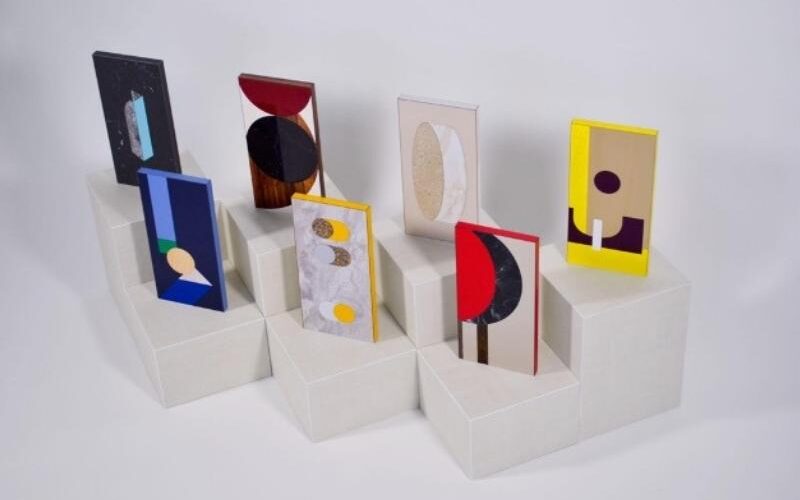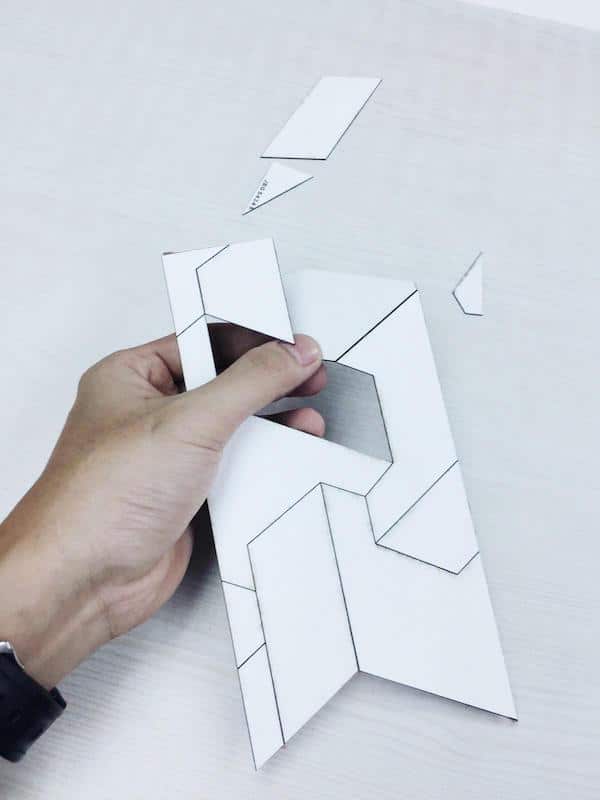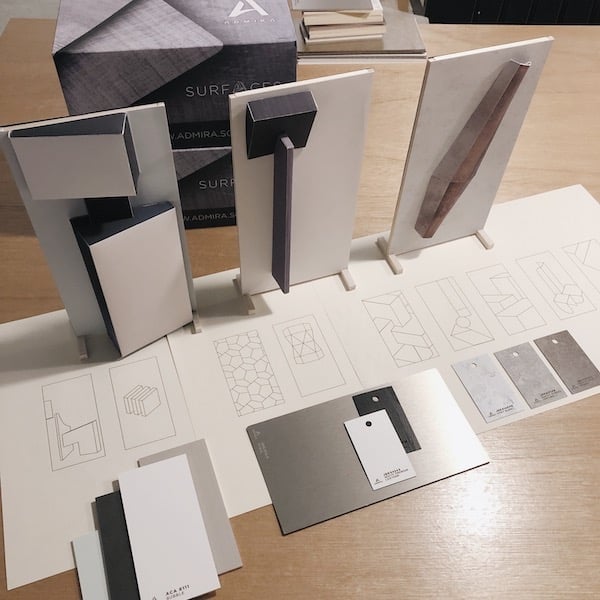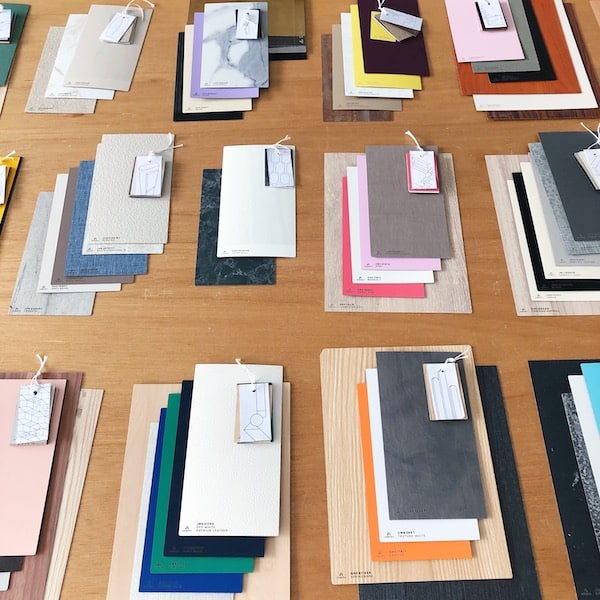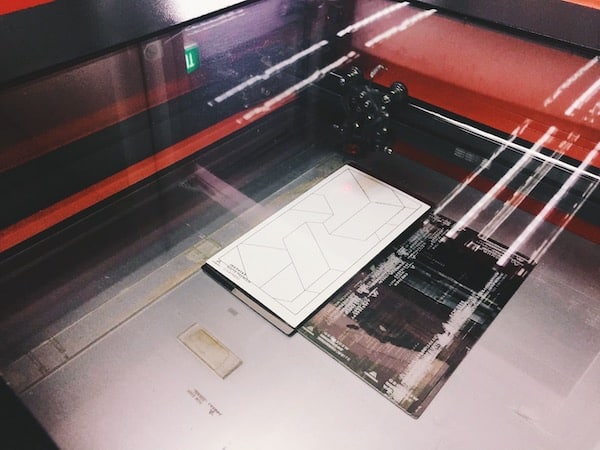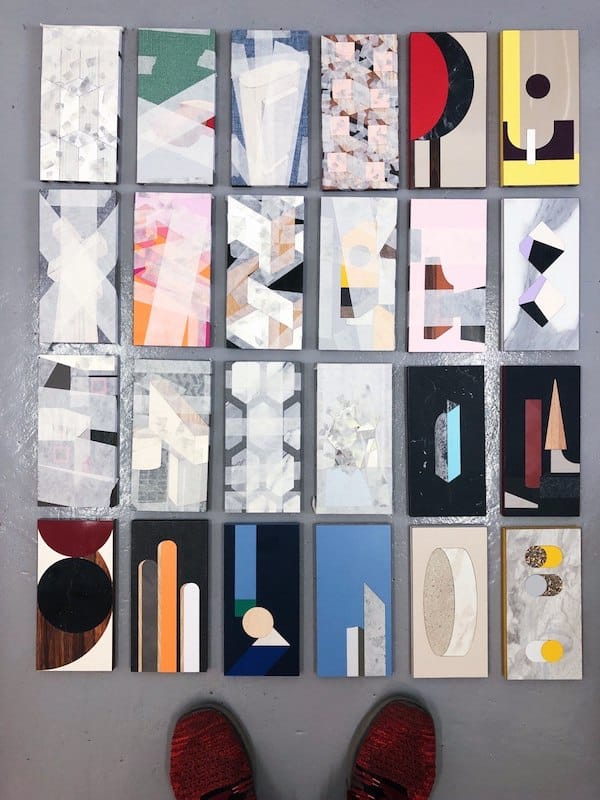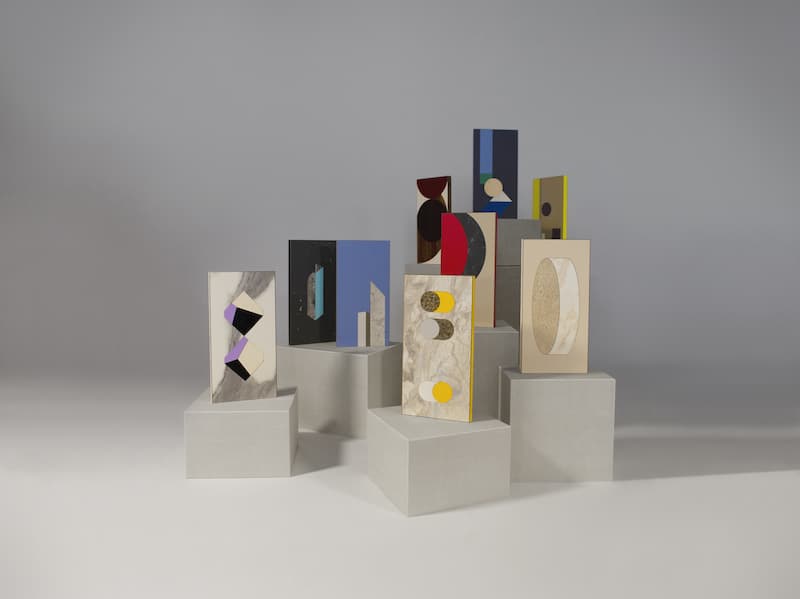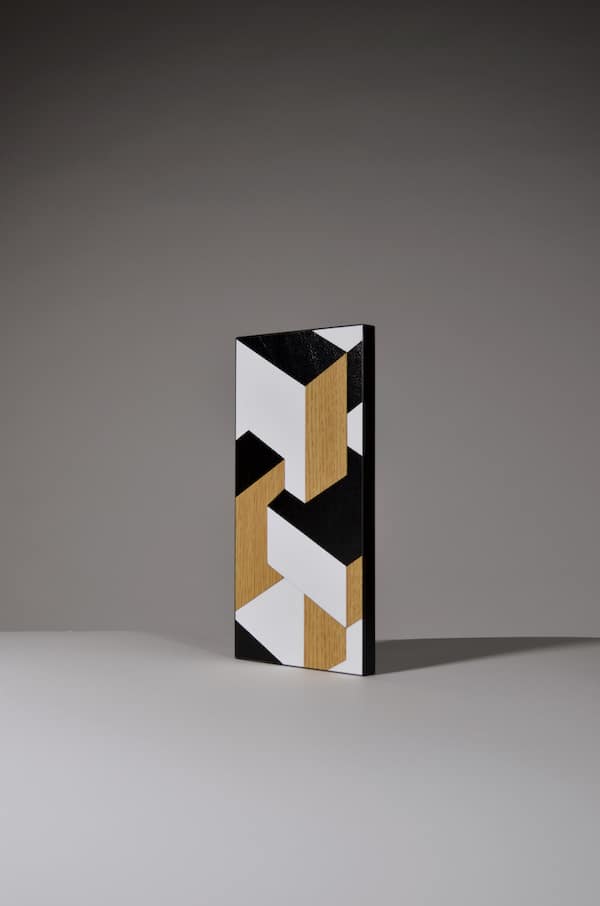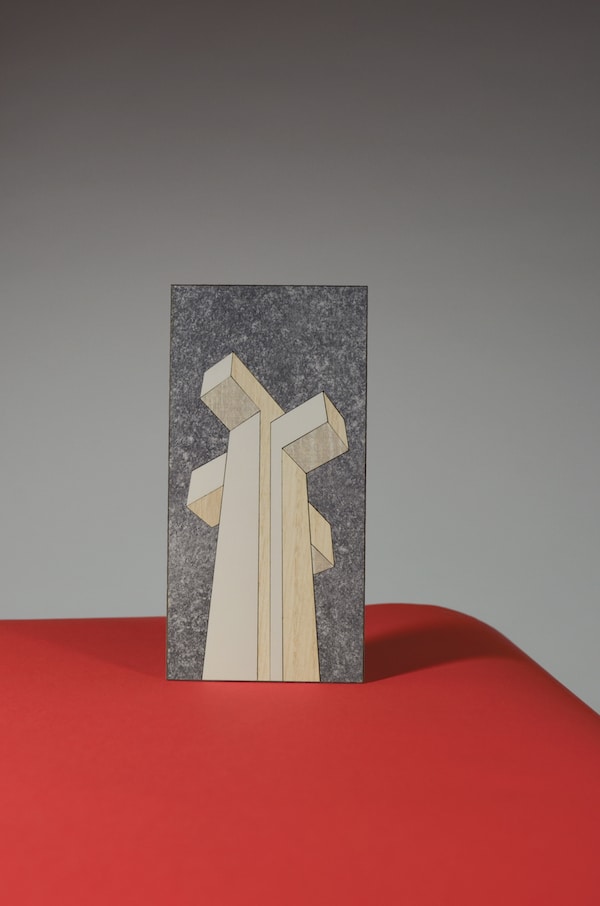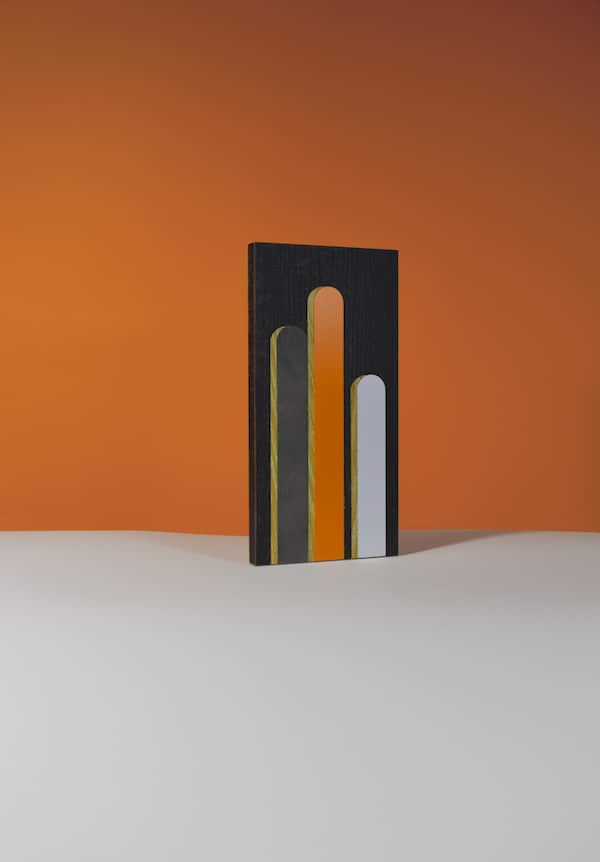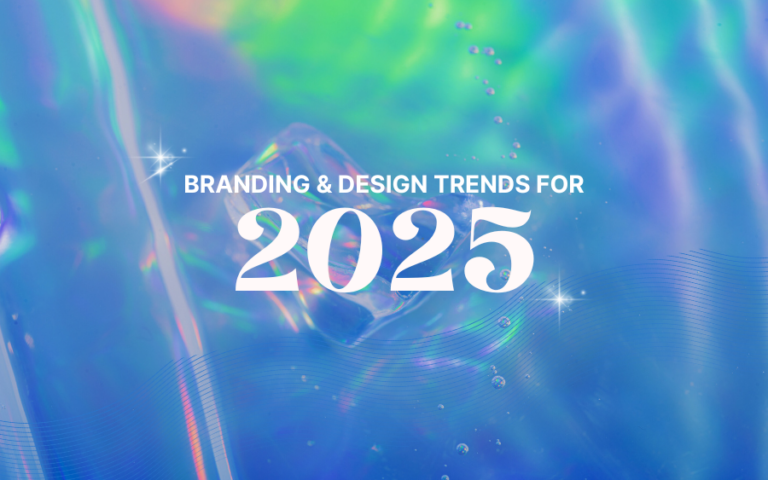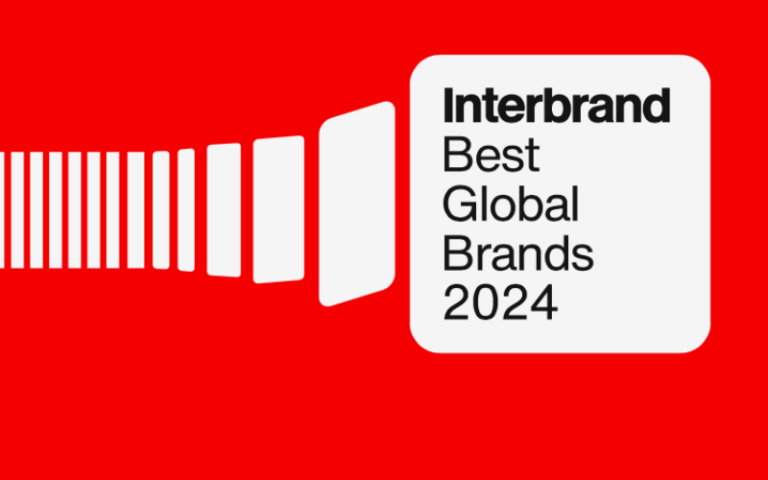STUDIO DAM is a multi-disciplinary branding and design consultancy based in Singapore. Back in 2019, after expressing their interest in participating in Singapore Design Week, they were partnered up with Admira Pte Ltd, an established company specializing in high-pressured laminates.
Singapore Design Week consists of a multitude of events and activities. STUDIO DAM’s and Admira’s participation was in the SingaPlural exhibition, where the theme for 2019 was dubbed Unnatural Phenomena.
Proven Systems for Business Owners, Marketers, and Agencies
→ Our mini-course helps you audit and refine an existing brand in 15 days, just 15 minutes a day.
→ The Ultimate Brand Building System is your step-by-step blueprint to building and scaling powerful brands from scratch.
Table of Contents
The Challenging Design Brief
As a whole, Singapore Design Week advocates for the importance of design, particularly in its ability to produce economical, innovative, and problem-solving results. For this reason, pairings between a design company and a commercial company is a recurring motive. For the designers at STUDIO DAM, the pairing with Admira was an unexpected challenge.
They felt that there was a gap that needed addressing between the two companies’ specialties. For one, laminates are man-made materials that mimic natural materials, colors, and textures. Laminates contrasted with the design experience of the STUDIO DAM team, which at the time resided primarily with natural materials, such as wood, metal, and textile. Moreover, there was a limitation to the amount of experimentation and play the designers were allowed, with laminates being a flat, one-dimensional material.
Along with these concerns and restrictions, the designers were tasked with creating the solution to the ultimate question:
“How do you dismantle and transfigure a bulky catalog consisting of hundred of laminates into a beautiful and manageable layout that allows for a smooth browsing experience and doubles as visual art?”
With only eight weeks before the opening of the SingaPlural exhibition, the DAM team needed to stick to their design philosophy and process more than ever.
A Look Into the STUDIO DAM Approach
Let Material Speak for Itself
Nothing is quite as effective as simply looking at, feeling, and understanding the material you have to work on. Especially in this period of digitalization, designers new and experienced begin to skip the traditional stages of material research and experimentation. Without it, you risk creating without knowing the strengths and weaknesses of a material. For example, suppose there is an error between the materiality and your design. If the issue is left unresolved, the result will never be outstanding. In worse-case scenarios, a foiled project could mean wasted resources and a damaged reputation.
Therefore, the STUDIO DAM design philosophy constantly propagated by the team is to work kinesthetically with materials; to let it inform one on how to proceed with a project in branding, product design, spatial planning, and so on.
It Had to Be Graphical
This collaboration with Admira for SingaPlural combined digital graphic work with product design.
The STUDIO DAM team was given over 300 different Admira laminates and was also educated about the various types, strengths, and features unique to their range of laminates. Through this exploration process, the team realized an additional component to the project. They needed to keep in mind that the final art installation should be utilized as educational pieces to influence others on the versatility and benefits of laminates.
Eventually, they landed on the design plan: to begin the project by creating a series of graphic designs illustrated digitally. It had to be graphical due to the one-dimensionality of laminates. Not to forget, laminates are generally used to cover flat carpentry surfaces.
Colors to Add Dimensions
Yet, the designers did not stay comfortably within this understanding and capacity of laminates. Design exists precisely to challenge and push the conventional perception of laminates. Thus, the STUDIO DAM team designed graphics to induce space and light and shadow play, giving them a three-dimensional feel.
Additionally, they focused on intentional color matching instead of the laminate textures and types since the selection and pairing of colors were critical in creating the intended three-dimensional effects. As a result of this choice of art direction, each tablet effectively functions as mood boards of complementary colors and textures, perfect references for homeowners and other designers.
Putting the Pieces Together
With the design concept drawn out, how did the STUDIO DAM team piece together the different graphical designs?
With a bit of innovation mixed with technology and primitive knowledge, the designers applied the intricate age-old art of inlaying to fit their plan. Since the project was time-sensitive, they opted for laser cutting technology to cut the laminates into the necessary shapes.
A Portraiture of Facets by STUDIO DAM x Admira
After eight grueling weeks, STUDIO DAM and Admira launched a total of 32 graphic tablets showcasing over 130 different laminates at the SingaPlural Exhibition, titled A Portraiture of Facets.
The name A Portraiture of Facets came about because every graphic tablet is a portrait of a space and an intricate composition of the multiple facets of laminates. Some are purely abstract designs, while others are inspirations of iconic Singaporean landmarks, such as the Golden Mile Complex and The Gateway.
Visitors were enlightened by the STUDIO DAM and Admira’s collaborative process and the versatility of laminates during the opening of the SingaPlural exhibition. Many warmed up to this new perspective of laminates as art. There were even offers to purchase the tablets! Subsequently, this helped alter the Admira branding and reputation, making their laminates appear desirable, multi-purpose, and modern.
Conclusion
STUDIO DAM’s work with Admira Pte Ltd is an insightful case study on how design and design thinking can tread into transforming a company’s brand positioning by innovatively showcasing its product outside of its ordinary branding. Before the collaboration, Admira was regarded as a safe and traditional laminates company with a high-quality and trustworthy product. A Portraiture of Facets enabled Admira to be considered from a fresh perspective. It helped the company shift its brand to suit a more contemporary market.
After the exhibition, A Portraiture of Facets gained features in various publications. In addition, other brands showed interest and included the designs and graphic tablets for product launches and marketing campaigns. Admira’s new clients also started to request specific color and material combinations that were featured in the graphic tablets.



